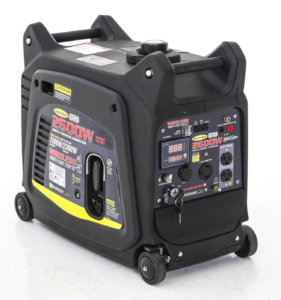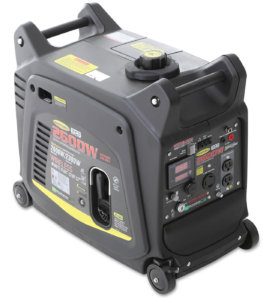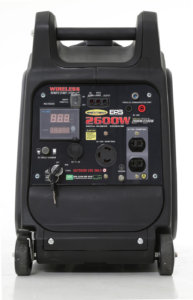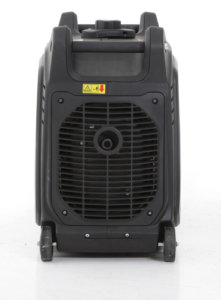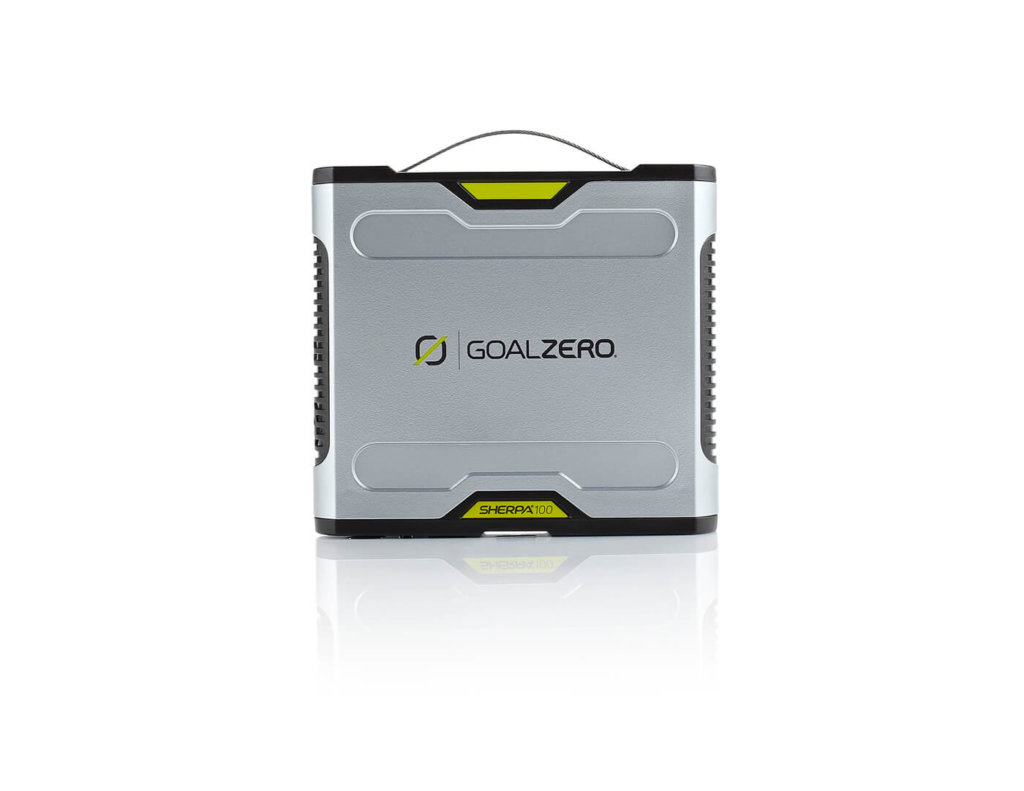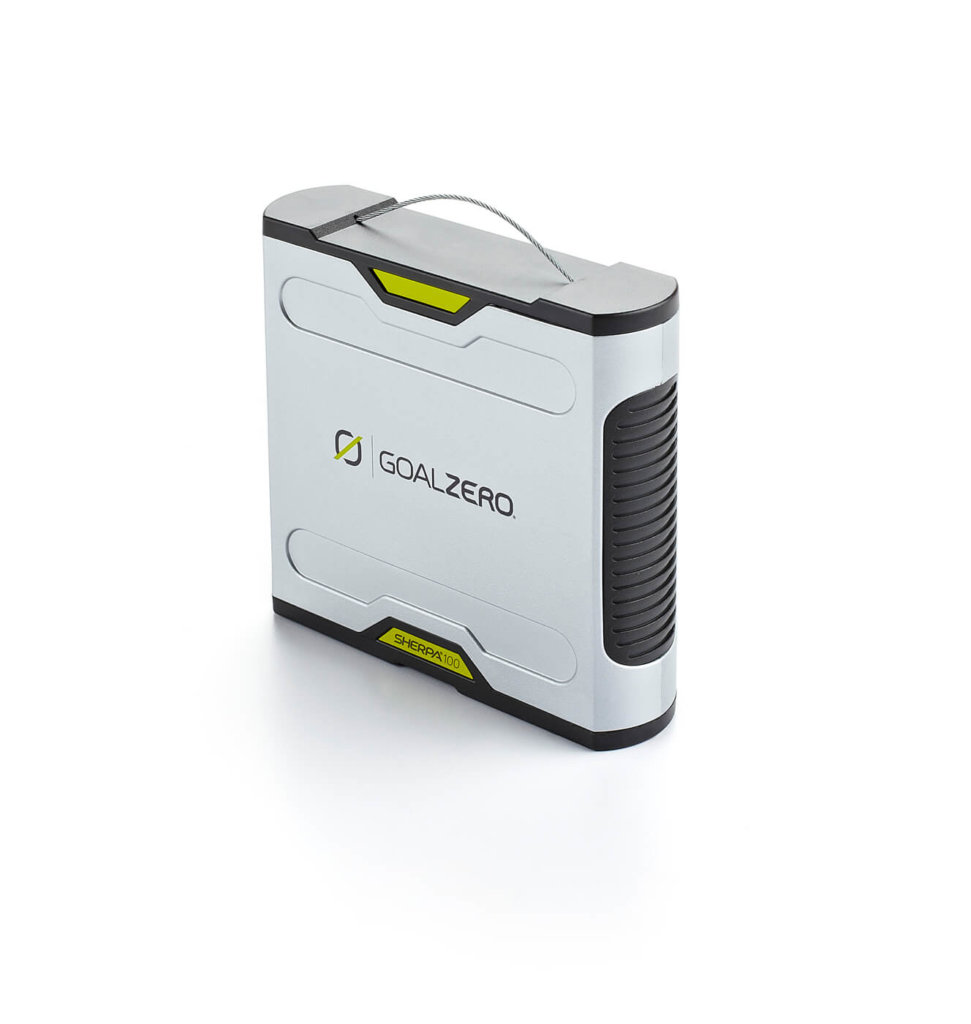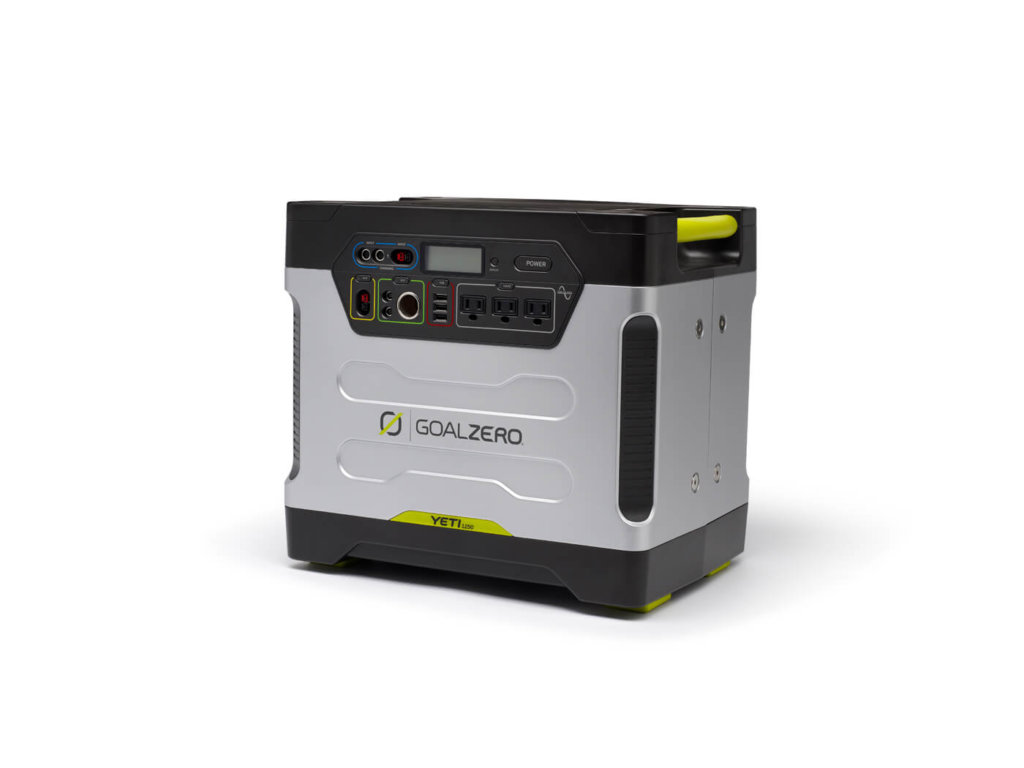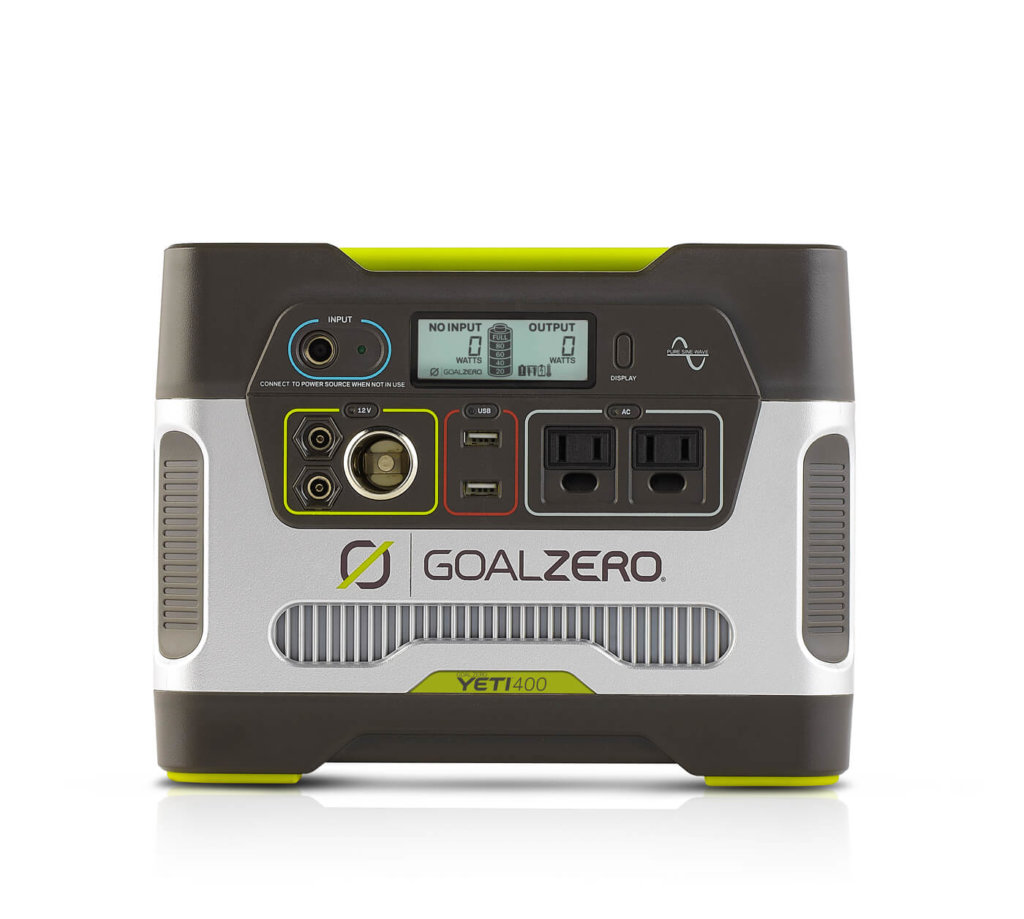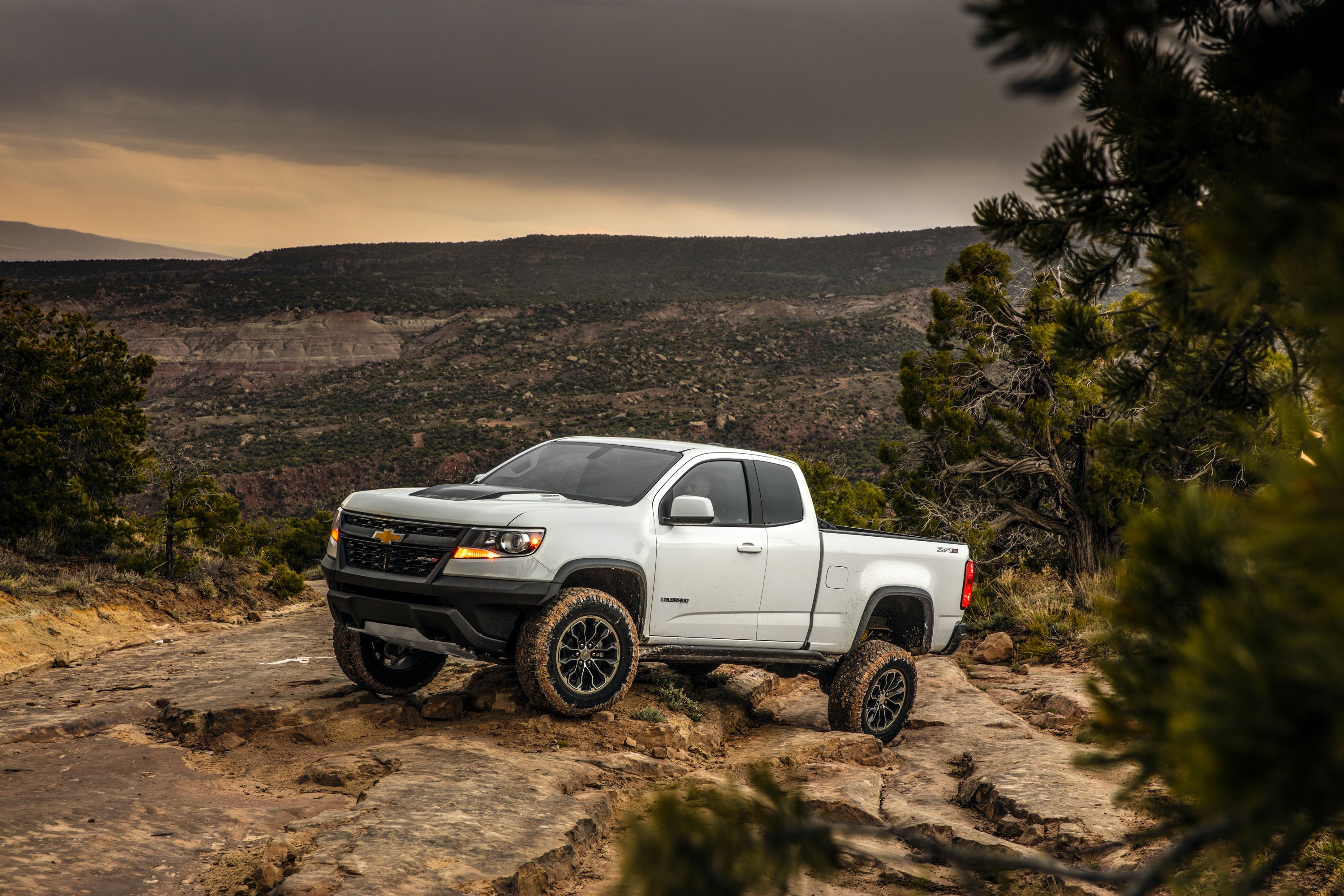Portable Power: An Adventurer’s Guide to Keeping Charged Up
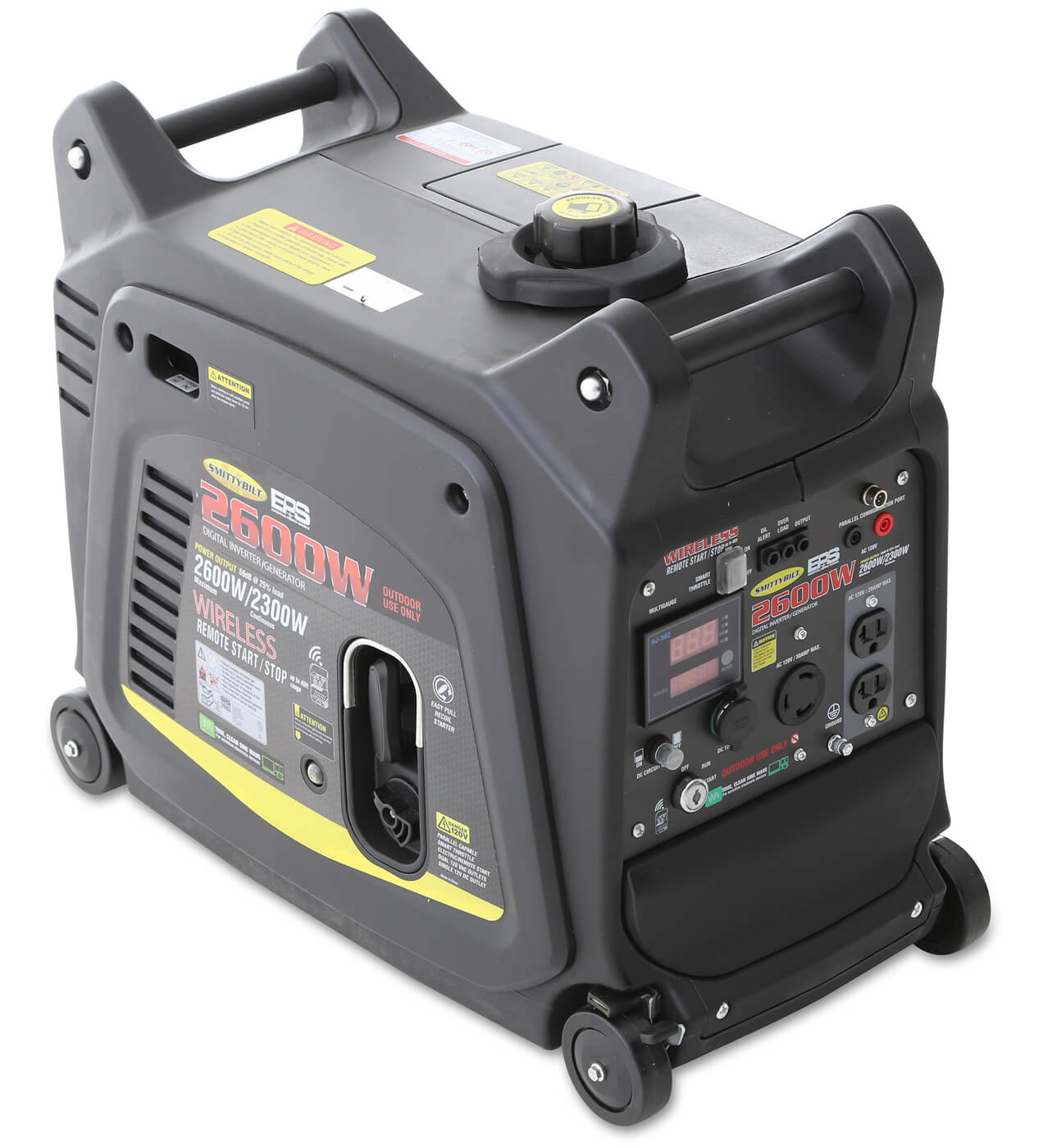
Let’s face it; we live in an electronic world. As much as we want to disconnect from civilization while we’re out in the wilds, the life we try to leave behind almost always manages to weasel its way back.
Maybe you squeezed a few days off from work for your trip by promising the office that you’d answer your e-mails or perhaps you want to stay connected in case your parents need help with your kids that they’re minding for you. Regardless of the reason, we feel your pain and understand that it’s hard to entirely break away from your devices.
For these and many other reasons, a successful outdoor adventure can require more power than just what’s under your hood. No matter where you travel or how much experience you have tackling backcountry trails, it’s impossible to predict when or where you’ll be when you need more juice.
Our friends at AutoAnything.com brought over a selection of portable power supplies for us to examine. These rechargeable power banks represent different types of power packs that suit a variety of uses that one would find useful, especially when situated in remote locales.
Determine Your Needs
In order to zero in on what type of portable power system works best for your needs, we should first examine how much power your devices will require. Ask yourself a few key questions. What kind of electronic devices do you need to keep powered? How long will they stay charged when taking into account battery drain from use? How long will you be away from a wired electrical outlet? This basic evaluation of your electricity use will give you a good guide as to what portable power system will best t your particular situation.
On the low end, you might only have a mobile phone that needs to be charged once a day over a three-day trip. If that’s the case, those pocket phone chargers will do just fine. But if you need to power anything more than that, you’ll want to step it up a bit.
Portable Jump Starters
A revolution in portable power packs comes with the advent of miniature jump starters, sometimes called jump packs. If you’ve ever had a car battery die on you, you might have used a jump pack to help fire it back up. As you might have noticed, jump packs tend to be large, cumbersome, and heavy, often weighing 20 pounds or more. That’s because they’re packed with old-fashioned lead-acid batteries.
Thanks to battery technology advancements, a new generation of portable jump starters has emerged over the past few years using lithium-ion batteries. Lithium-ion allows a jump starter to weigh as little as a pound with a much slower discharge rate over the older units. This allows the battery to be left unused in a vehicle for much longer than a lead-acid pack and still function properly.
Though they’re called portable jump starters, they by no means are a one-trick pony. Not only can they jump your vehicle’s battery to get you back up and running, the energy they hold can be used to charge and power your electronic devices as well.
A series of portable jump starters from a company called POD are a good example of this type of portable power pack. POD stands for Power On Demand and their POD X4 Jump Starter Automotive Power Pack is small enough to fit in your back pocket but can deliver up to 20 battery jumps on each charge. If left unused, it can last up to six months while stored in your glove box.
It will not only jump start most any truck, motorcycle, or power sports vehicle, it can also power and charge electronic devices, such as laptops, tablets, smart phones, and GPS units, charging them, depending on device, a few times over. It includes a 5V USB port for charging small devices and a 19V output for charging laptops and other larger electronics. It also includes a LED light that functions as a flashlight, strobe, and Coast Guard-approved SOS signal.
Dedicated diesel and solar versions of POD-X are available as well. The diesel version comes with accessories that are suitable for jump-starting a diesel-powered vehicle, while the solar version can charge its lithium-polymer 8000mAh battery with simple exposure to sunlight.
Power Inverters
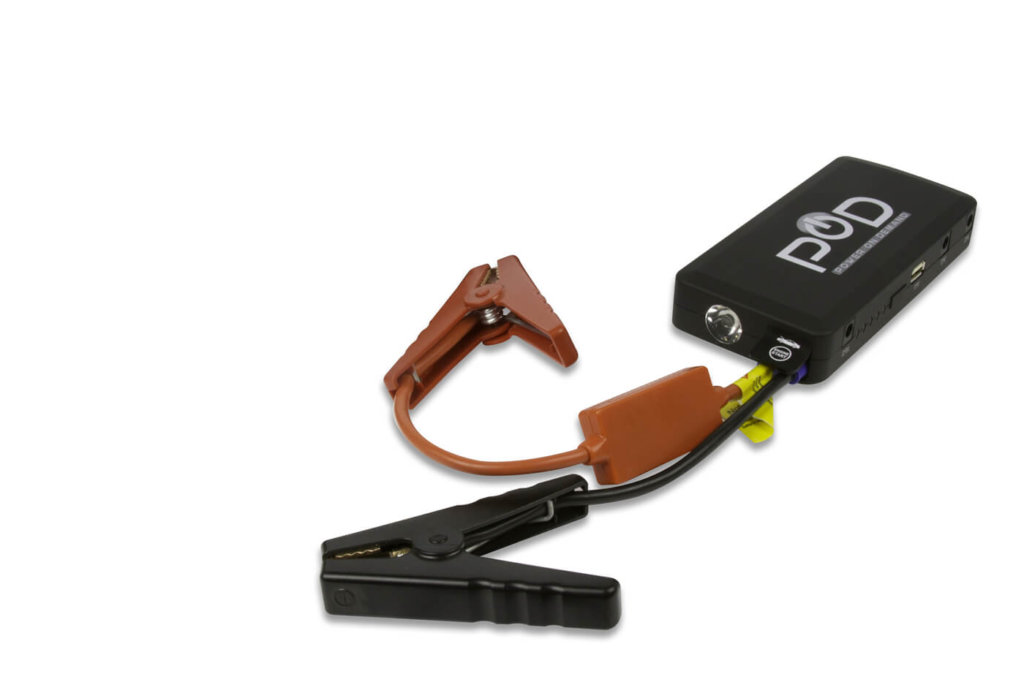
Before we go any further, let’s take a look at what a power inverter is. First, we’ll need a quick review on electrical currents. The type of electricity that runs through the sockets in your house is alternating current (AC). This type of electrical current periodically reverses direction. In power supplied by batteries, current travels in a single direction, which is called direct current (DC).
If you have a DC device, it should not be plugged into an AC socket and vice versa as damage could occur to the device or worse. That’s why car chargers have different types of plugs (think car cigarette lighter) than home chargers (think 2 or 3-prong plugs).
Power inverters are electronic devices that change DC to AC. That means if you’re running power from a battery or power generator, which spout out DC, the inverter will change the current so that it is usable by your AC device. This is how you can use larger, usually home-based devices such as laptops, televisions, and refrigerators with your portable power pack.
Lead-Acid Battery Pack
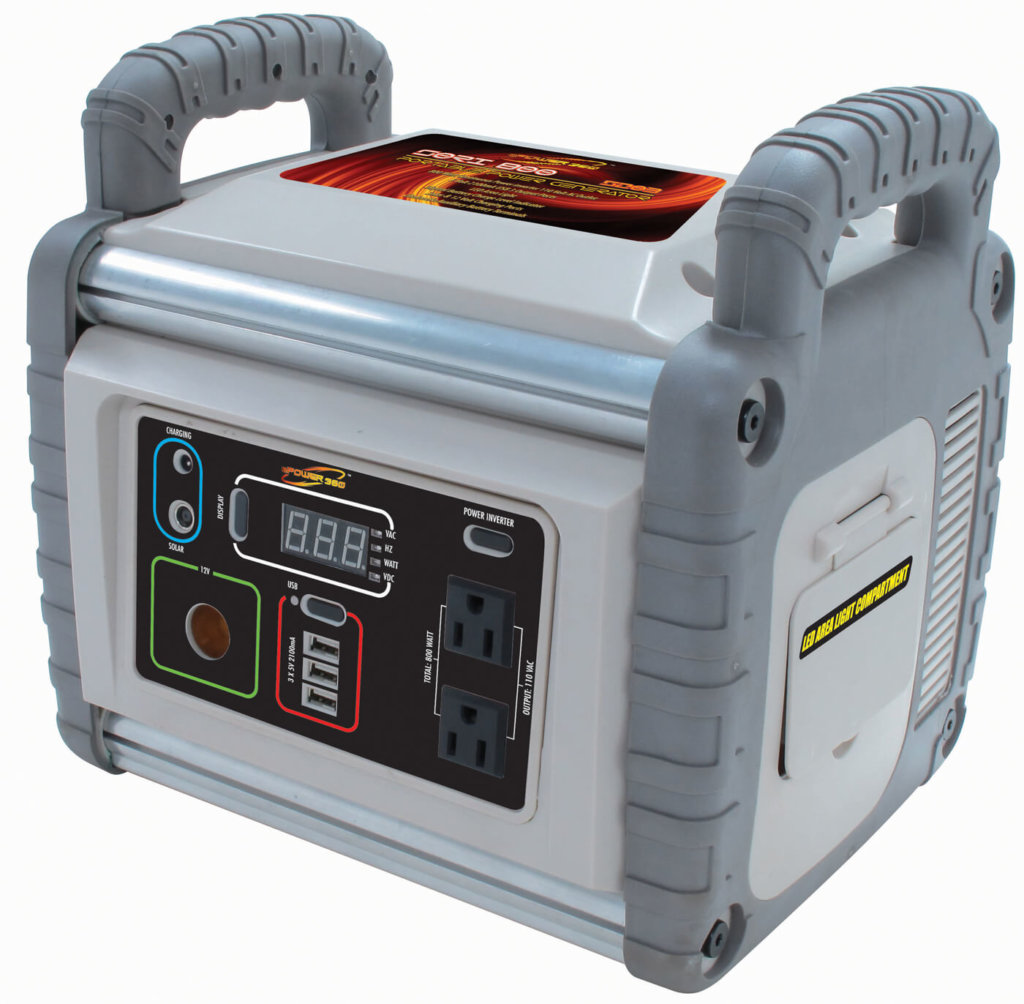
Remember the disadvantages we listed for lead-acid batteries? Well, nothing has changed; they are heavy and can be unwieldy to use. The lead-acid battery may be antiquated technology, but that also means that it’s reliable and less expensive to produce. This means that you can have a reliable source of power for less money. Because the technology behind them is well understood, lead acid batteries are generally made more stable than their lithium-ion counterparts. Don’t forget some lithium-ion powered phones and other devices have been known to overheat and explode. Lead-acid batteries aren’t known to do that.
Also, they tend to be offered with higher capacities, making them able to handle higher draws of power which are suitable to not only jump start your vehicle many times, but also enabling them to power more electricity draining devices such as portable area lamps, laptops and tools for longer.
The Sori 800 Portable Power Station by ePower360 is a sturdy, easily transportable (although a bit heavy at 24 pounds) modified sine wave 110V power inverter. The station is powered by a 12V 40Ah lead acid battery, which can be trickle-charged by any standard solar panel via a built-in 16-18V DC input charging port. It features two house-style 110 volt AC outlets, three 5V 2100 mA USB charging ports, and one 12V AC port, as well as a handy LED light panel.
We found this type of power pack perfect for powering air pumps and work lamps and recharging laptops as well as other devices over a weeklong trip with power to spare. Because it’s battery powered, it charges silently and is perfect for whenever sound is an issue.
Fuel Powered Generator
An option for those who need to power their own personal electrical grid are gas or diesel powered generators. The benefit of generators is that they create power, so you’ll never run out of electricity as long as you have the fuel to run the unit. Depending on the size of generator you choose, they are typically the most capable power providers of the bunch.
Generator benefits are big power and virtually inexhaustible amounts of power— as long as you have the fuel. There are a few negatives however. Generators can be loud, especially when compared to silent battery powered packs; they also emit exhaust fumes and are typically very heavy.
It’s also worth noting that they consume fuel based on how much electricity is being used. The more devices drawing power, the more fuel its uses. If you go this route, we recommend using a generator that uses the same type of fuel your vehicle uses so both can use the same spare fuel.
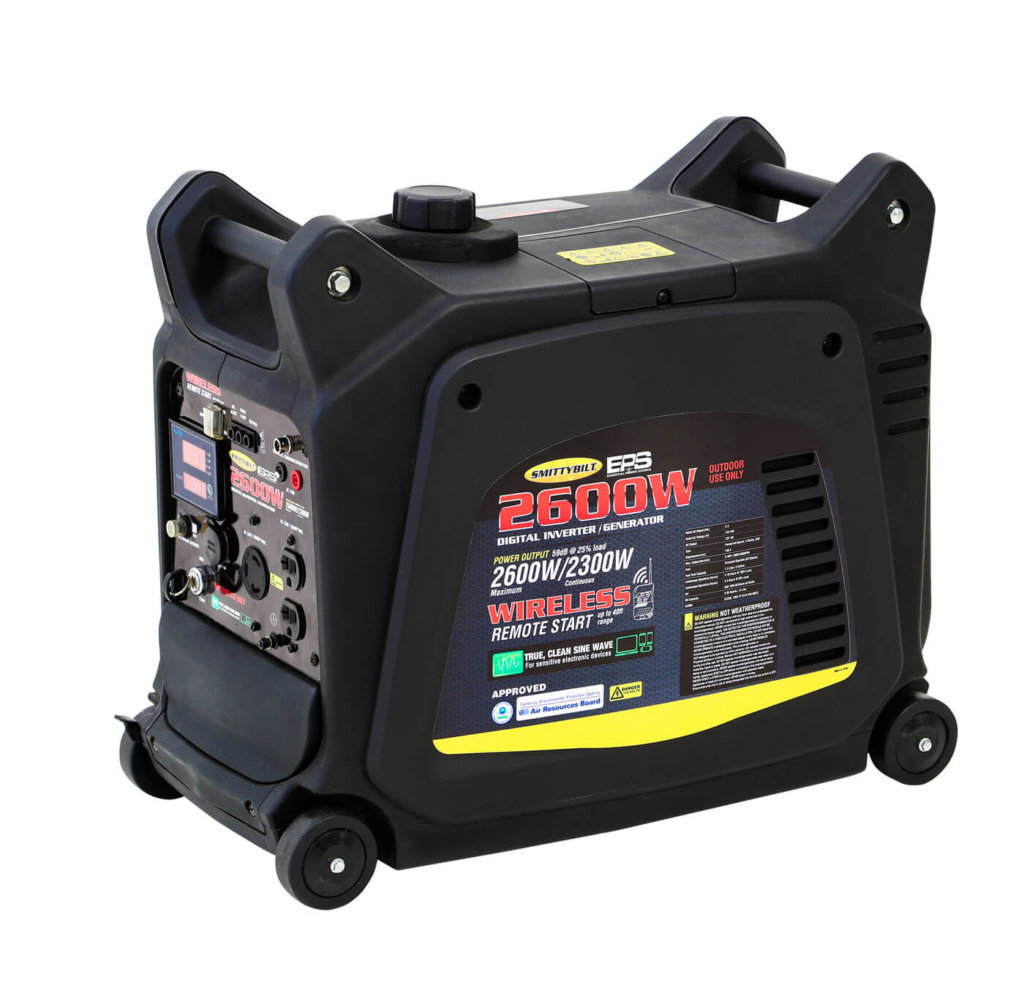
Smittybilt’s gas-powered E.P.S. Interver Generator uses a three-phase inversion process that produces clean power to allow direct plug-in of sensitive electronics
Smittybilt’s E.P.S. Inverter Generator is equipped with a CARB-approved, 4-stroke engine that lets you get as far off the grid as you like yet still have enough power and outlets for all of your equipment. The E.P.S. was designed to run quietly, with a rated noise level of 56~63 decibels, yet it’s capable of generating as much as 2600w of electrical output.
The E.P.S. utilizes a three-phase inversion process that produces clean power, allowing direct plug-in of even the most sensitive of electronics without any worry. It has two 120volt AC outlets, a single 12-volt DC outlet, and is designed with overload protection built-in. It is estimated to run a six-hour duty cycle at 50% load. Its 1.5-gallon fuel tank allows you to run it for hours on end without any need for refueling. For those who don’t want to give up their spot around the campfire, the E.P.S. also features wireless remote-start so that it can be turned on or off at the push of a button up to 40 feet away.
Gas and diesel generators are great for powering equipment such as power tools, refrigerators, work lamps, and other power demanding items. Of course, they’re great for recharging smaller devices too. They are especially useful if you’re planning to be in the backwoods for longer than a week.
Power To Go
Forget depending on your truck’s dinky 12V charging port for all your power needs. The next time you head out and away from the grid, do yourself a favor and bring a portable power pack or two with you.
Depending on the length of your trip and your requirements, you might want to have a mix of different types of power systems at your disposal to keep your devices juiced up and ready to go.
[divider]SOLAR-GENERATED POWER[/divider]
Instead of being dependent on how much fuel you have on hand, it relies on how much sunlight you can gather. So in a way, you really do have unlimited power—unless you’re in an area that is as dark as night for six months straight or if the sun goes supernova.
The Goal Zero Yeti line of solar generators can be charged in one of three ways. You can plug a solar panel into them, plug them into wall sockets, or even charge them through your vehicle’s 12V outlet—although that last option will take a really long time to get it to full power and is not recommended.
To give you some perspective on generator and device charging times, let’s take a look at the Goal Zero Yeti 400. This midsize generator is capable of charging a smart phone more than 30 times, a GoPro more than 70 times, or a laptop three to five times. It takes about fi ve hours to charge the Yeti 400 when it’s plugged into the wall. Using the Nomad 20 Solar Panel, it takes 40 to 80 hours depending on sunlight conditions. If you upgrade to the large-format Boulder 90 solar panel, it cuts down the recharge time to 9 to 18 hours. The Yeti 400 is a pure-sine wave inverter that has two AC outlets, two USB outlets, and one 12V car charger style outlet.
If you like your generators supersized, the Yeti 1250 is more your speed. Though the Yeti 1250 takes longer to charge, 16-20 for wall charging and 27-54 hours for Boulder 90 charging, it is capable of running everything from phones to refrigerators, and everything else in between. Goal Zero points out that the Yeti 1250 can power a full-sized kitchen refrigerator for 12-24 hours; they’re not talking about the smaller travel ones. It can handle over 100 charges of your smart phone and more than 20 charges of your laptop. The Yeti 1250 has three AC outlets, three USB outlets, and one 12V car charger style outlet. If you’re looking for a serious bank of power, take a good gander at this baby.
At its heart you’ll find an AGM sealed lead-acid battery that helps it store the power that it generates. If your power requirements are even greater, the Yeti generator is also chainable with other lead-acid batteries to help create a larger network of usable power.
Editor’s note: A version of this article first appeared in the March-April print issue of Tread Magazine.

